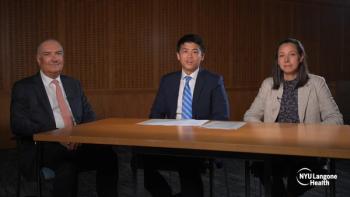
Surface ablation procedures differ in terms of visual recovery, comfort
New York-Several options can be offered to refractive surgery patients who are candidates for surface ablation procedures, and those individuals should be informed about differences between procedures with respect to speed of visual rehabilitation and postoperative comfort, said Gary R. Fishman, MD.
New York-Several options can be offered to refractive surgery patients who are candidates for surface ablation procedures, and those individuals should be informed about differences between procedures with respect to speed of visual rehabilitation and postoperative comfort, said Gary R. Fishman, MD.
"For a variety of reasons, there has been a significant movement back to surface ablation over the past several years. However, when discussing surface treatment with refractive surgery candidates, we now have alternatives to offer instead of PRK," said Dr. Fishman, attending surgeon, New York Eye & Ear Infirmary, New York.
Two separate procedures
The study included two groups of 20 patients each undergoing bilateral surgery. In one group, patients had epi-LASIK performed in one eye and PRK contralaterally, and the second group underwent epiLASIK and LED in fellow eyes. Epithelial removal for PRK was performed by manual scraping. Epithelial flaps measuring 9.5 mm were created in the epi-LASIK and LED groups using the Amadeus II microkeratome (Advanced Medical Optics) set at an oscillation speed of 11,000 rpm, translation speed of 1.5 mm/sec, and suction of 22 mm Hg.
Patients returned for follow-up each day during the first week after surgery until the epithelial defect healed. At each visit, epithelial defect size was measured at the slit-lamp and recorded with digital photography.
Newsletter
Don’t miss out—get Ophthalmology Times updates on the latest clinical advancements and expert interviews, straight to your inbox.


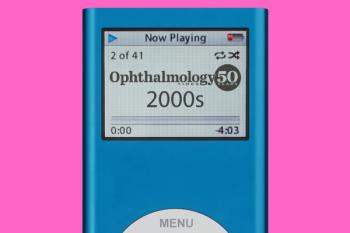


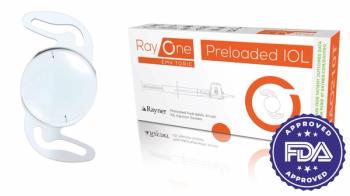



























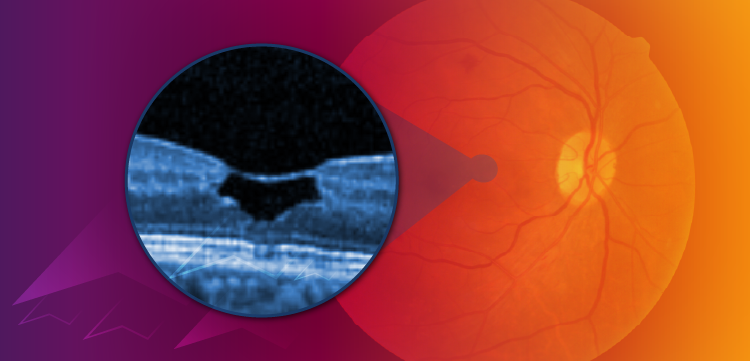
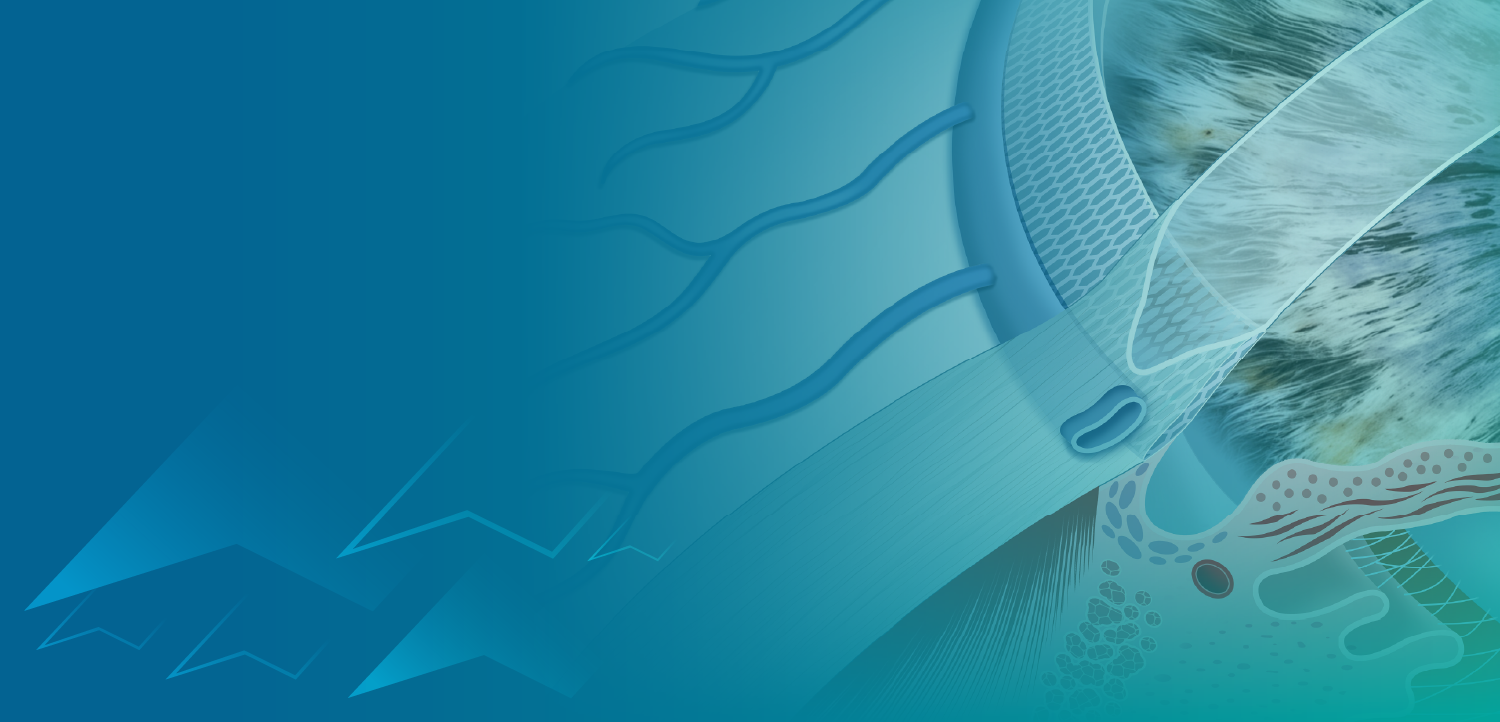
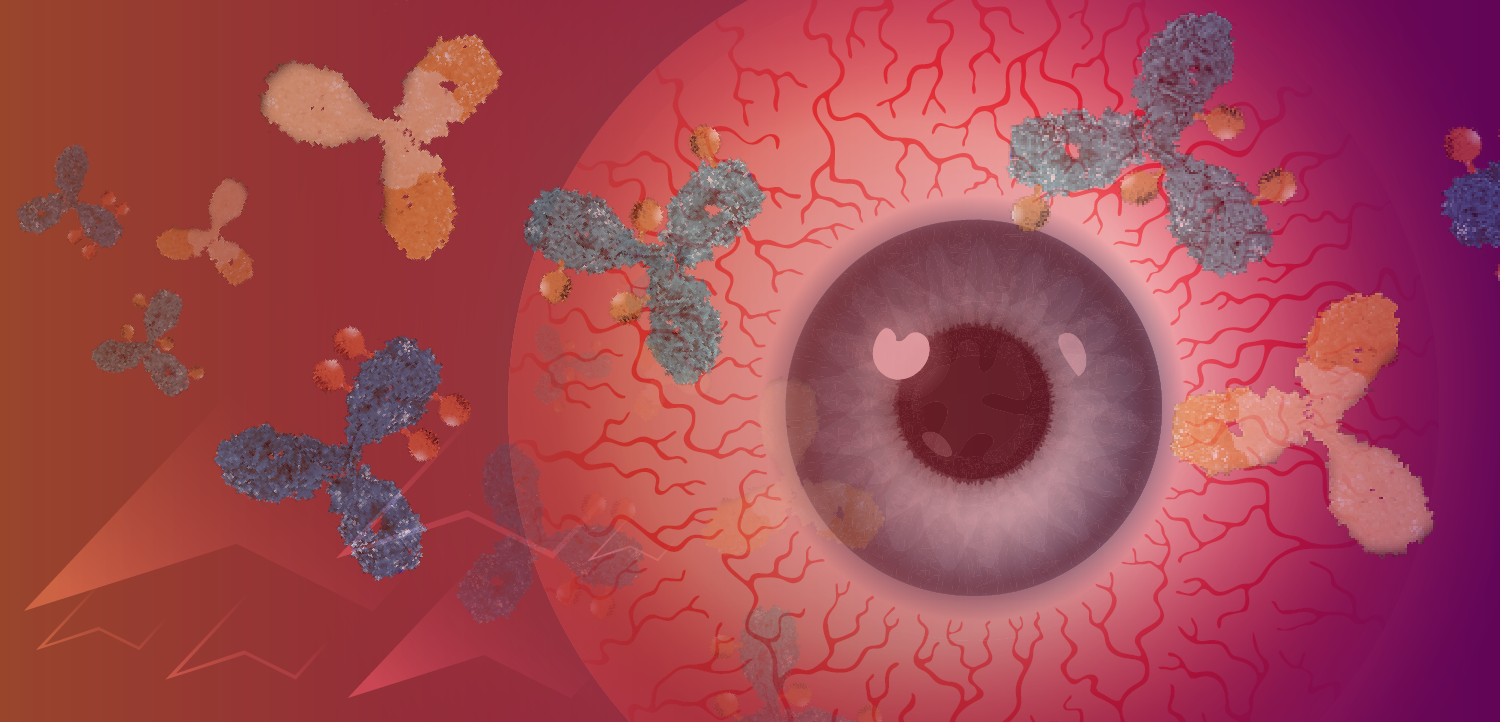





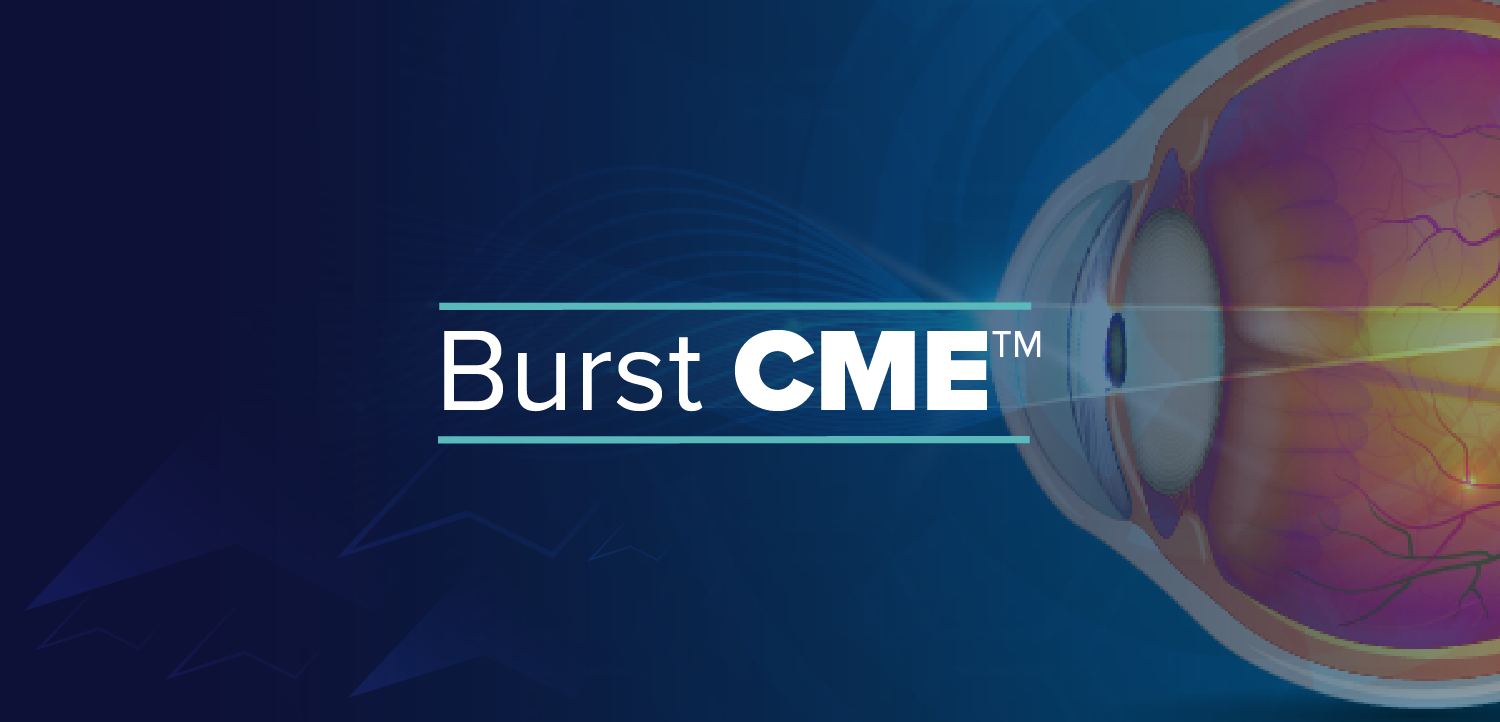












.png)


